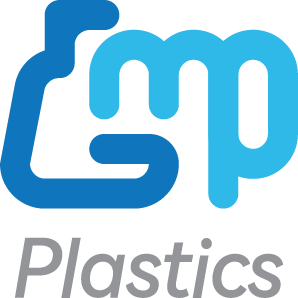Selecting the right Erlenmeyer flask is essential for laboratory efficiency and safety. This guide explores the benefits and considerations of plastic and glass Erlenmeyer flasks to help inform your decision-making process.
Understanding Erlenmeyer Flasks
Erlenmeyer flasks have a conical shape with a wide base that tapers to a narrow neck, making them ideal for mixing, culturing, and storing liquids in laboratories. Their design allows for efficient mixing while minimizing the risk of spills.
Plastic Erlenmeyer Flasks: Advantages and Considerations
Advantages:
-
Safety and Convenience: Plastic flasks, often made from PET or polycarbonate, do not shatter, reducing the chances of injury and contamination. Many come pre-sterilized and individually packaged for immediate use.
-
Clarity and Volume Options: These flasks provide a transparent appearance similar to glass and are available in sizes ranging from 50 mL to 5 liters, accommodating different experimental needs.
-
Single-Use Convenience: Designed for one-time use, plastic flasks eliminate the need for cleaning and sterilization, saving both time and labor.
Considerations:
-
Temperature and Chemical Resistance: Plastic flasks have limited tolerance for high temperatures and certain chemicals. Exposure to autoclaving or aggressive solvents may cause them to deform or degrade.
-
Environmental Impact: As disposable items, plastic flasks contribute to laboratory waste. Some labs may attempt to autoclave and reuse polycarbonate flasks, but this practice is not always viable.
Glass Erlenmeyer Flasks: Advantages and Considerations
Advantages:
-
Durability and Reusability: Made from borosilicate glass, these flasks can endure high temperatures and resist chemical damage, making them suitable for repeated sterilization and long-term use.
-
Cost-Effectiveness: While the initial purchase cost may be higher, glass flasks can be more economical over time due to their reusability.
-
Larger Volume Options: Glass flasks are available in larger sizes, such as 6 and 8 liters, which are not commonly offered in plastic versions.
Considerations:
-
Fragility: Glass flasks can break upon impact, posing potential safety risks and leading to sample loss.
-
Maintenance: They require thorough cleaning and sterilization between uses, which can be labor-intensive and require additional resources.
Cap Options: Vented vs. Sealed
The choice of cap impacts gas exchange and contamination risks:
-
Sealed Caps: Best suited for anaerobic cultures that require an airtight environment.
-
Vented Caps: These caps include a 0.22-micron membrane that facilitates gas exchange while preventing contamination. However, careful handling is necessary to avoid liquid contact with the membrane, which could cause leaks.
Bottom Design: Flat vs. Baffled
The flask’s bottom design influences mixing efficiency and oxygen transfer:
-
Flat-Bottom Flasks: Provide gentle and predictable mixing with reduced risk of cell damage and foaming. However, they may not be as effective for oxygen transfer.
-
Baffled-Bottom Flasks: Contain internal structures that create turbulence, improving aeration and oxygen transfer. While beneficial for cultures with high oxygen needs, this design can increase foaming and inconsistencies due to variations in baffle placement.
Environmental Considerations
When deciding between plastic and glass, consider the environmental impact:
-
Plastic Waste: Disposable plastic flasks contribute to laboratory waste, raising sustainability concerns. Some labs attempt to reuse plasticware, but limitations exist due to material properties and contamination risks.
-
Energy Consumption: Glass flasks require energy for cleaning and sterilization. However, their reusability can help reduce the overall environmental footprint compared to single-use plastics.





